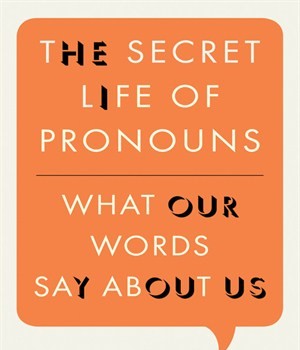The latest issue of Viewpoint, a Commonwealth Bank report measuring national economy and consumer sentiment, reveals that Australian women have less confidence in the economy than men and analyses how this lower confidence hurts spending.
According to the Commonwealth Bank and its Viewpoint report, women are less confident than men regarding how strong Australian economy is. In the survey, only 21% of women said the economy was strong while a significant larger portion (38%) of men answered the same. On the other side of the coin, 24% of women said the economy was going downhill against 21% of men who gave the same answer.
Women also have lower confidence levels regarding their future. Only 29% of women are confident to be able to retire when they want to, compared to 35% of men. These lower confidence levels are also expressed by those with a partner, 73% of whom said they relied on their partner for financial support, while only 45% of men answered the same.
Behind these differences is the fact that women still earn up to 26% less than men. They also enjoy only half of the years of peak income earning capacity, which in men is 40 years (between the ages of 25 and 64), while for women it is 20 years (between 35 and 54).
These differences have broader implications for the economy. According to Michael Blythe, Commonwealth Bank Chief Economist, “The divergence between retail and non-retail spending trends, where women and men’s spending dominate respectively, correlates with the divide in gender sentiment. Department store sales, for example, where women are responsible for 59% of spending, is soft. And this softness is linked to the less positive sentiment of female consumers.”
This means that business sectors where men do most spending are more likely to be more resilient than business sectors where women dominate spending, like retail, if the outcomes of the report are true. The report found that women do most of the shopping of food and grocery, department stores and clothing while men shop more for furnishings, fuel and recreation.
Photo by geishaboy500





![How to give good headlines, and create emails that get opened [CHEAT SHEET]](https://anthillonline.com/wp-content/uploads/2013/11/7-steps-cheatsheet-3d-cover-nuova--300x194.png)
![The Gaddie Pitch in three simple sentences with Antony Gaddie and James Tuckerman [CHEAT SHEET]](https://anthillonline.com/wp-content/uploads/2015/08/GADDIE-PITCH-updated-3D-cover--100x75.png)
![Inbound Marketing Reloaded with James Tuckerman [FREE REPORT]](https://anthillonline.com/wp-content/uploads/2015/07/cover-3d-347h-x-253w--100x75.png)
![The Facebook Honey Trap with James Tuckerman [CHEAT SHEET]](https://anthillonline.com/wp-content/uploads/2015/11/Screen-Shot-2015-11-26-at-11.34.14-100x75.png)
![Ever considered crowdfunding? [FREE REPORT]](https://anthillonline.com/wp-content/uploads/2017/03/liz-wald-100x75.png)


![How to make a brand statement and how not to. Apple vs Microsoft [VIDEO]](https://anthillonline.com/wp-content/uploads/2013/06/AppleFeel-300x350.jpg)
![Strategic Alliances with Simone Novello [FREE INFOGRAPHIC]](https://anthillonline.com/wp-content/uploads/2015/08/Capture6-100x75.jpg)
![How to zig when everyone else is zagging, with Julio De Laffitte [CHEAT SHEET]](https://anthillonline.com/wp-content/uploads/2015/08/Capture2-100x75.jpg)
![How To Grow Your Business and Profits with Jason Cunningham [CHEAT SHEET]](https://anthillonline.com/wp-content/uploads/2015/07/Cunningham-100x75.png)
![Five essential ingredients for a humming homepage with James Tuckerman [FREE REPORT]](https://anthillonline.com/wp-content/uploads/2015/07/homepage-checklist-1680-01-copy-100x75.png)
![New Zealand’s Xero eyes US IPO, further disruption as subscribers increase [INFOGRAPHIC]](https://anthillonline.com/wp-content/uploads/2014/07/sruuuuujana-212x194.png)
![Ever wonder if your ‘content marketing’ is really just crap? You gotta see this! [INFOGRAPHIC]](https://anthillonline.com/wp-content/uploads/2014/08/content-100x75.jpg)
![7 Business Lessons From Game of Thrones [INFOGRAPHIC]](https://anthillonline.com/wp-content/uploads/2014/10/infographic-games-of-thrones-041-100x75.jpg)
![How to build your own Media Empire… In seven steps with Nathan Chan [INFOGRAPHIC]](https://anthillonline.com/wp-content/uploads/2014/10/Nathan-Chan-Infographic-e1413419529176-100x75.jpg)
![5 Business Lessons From Tinder [INFOGRAPHIC]](https://anthillonline.com/wp-content/uploads/2014/10/Tinder-Elegant-Infographic-100x75.jpg)



